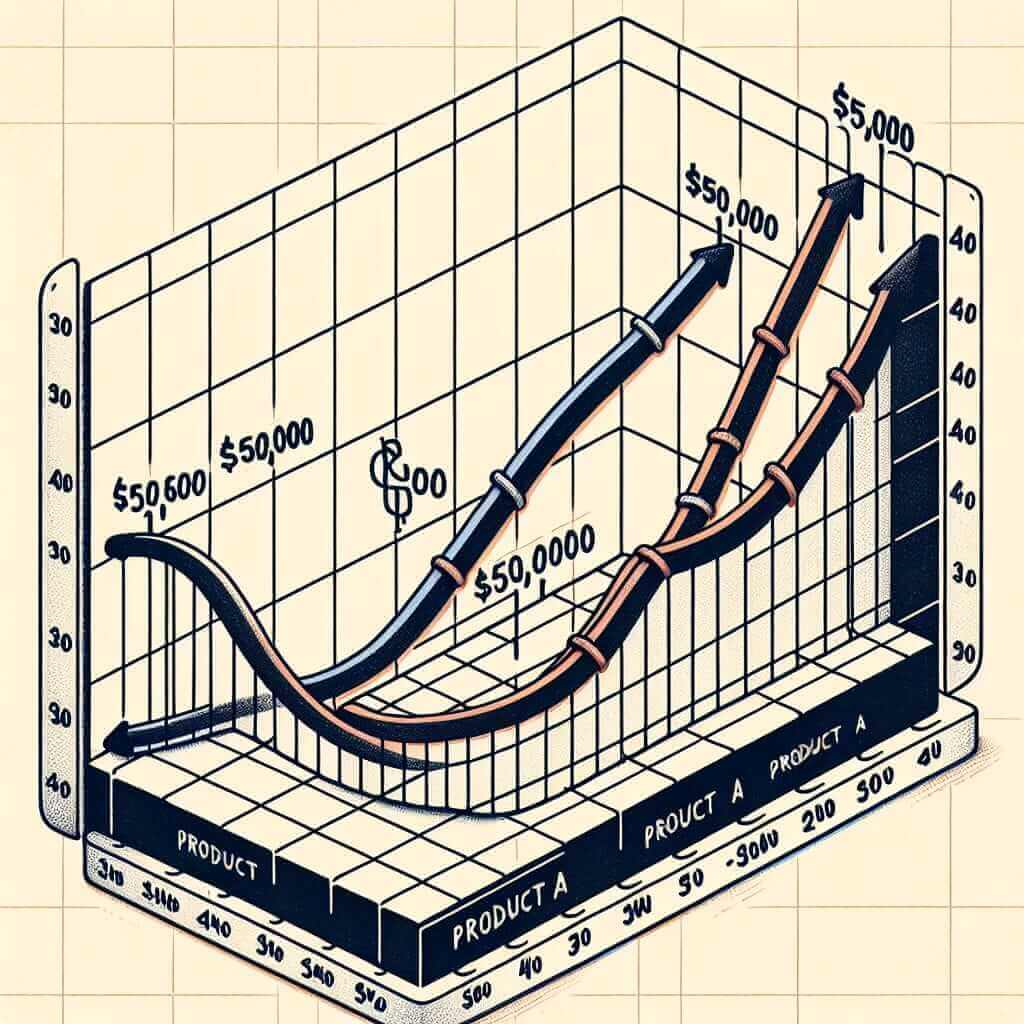In the IELTS Academic Writing Task 1, you’ll be asked to describe visual data, often presented in the form of charts, graphs, or tables. One common scenario you might encounter is having to describe figures that show the same value or “the same number.” While this might seem straightforward, it requires a nuanced approach to effectively convey the information without being repetitive.
Understanding the Importance of “Same Number” Scenarios
When figures show the same number, it indicates a state of equality or stability between different data points. Recognizing and accurately describing these instances is crucial for demonstrating your ability to:
- Identify trends: Even when numbers are identical, it’s essential to understand if this sameness represents a continuation of a trend, a break from a trend, or the beginning of a stable period.
- Make comparisons: While the numbers might be the same, you’ll likely need to compare these data points with other figures in the visual to provide a complete analysis.
- Use appropriate vocabulary: Avoid simply repeating “the same” numerous times. Employ a range of vocabulary and grammatical structures to keep your writing interesting and sophisticated.
Effectively Describing “Same Number” Situations
Here’s a step-by-step guide on how to handle figures showing the same number in your IELTS Writing Task 1 response:
-
Identify the identical figures: Carefully examine the visual data to pinpoint the specific data points that share the same value.
-
State the sameness clearly: Use precise language to convey that the figures are equal. Some useful phrases include:
- “X and Y were equal at…”
- “Both X and Y recorded a figure of…”
- “X and Y showed no difference, with both at…”
-
Provide context and comparisons:
- Relate the identical figures to other data points in the visual.
- Use comparative language (e.g., “similarly,” “likewise,” “in contrast”) to highlight the significance of the sameness.
-
Analyze the trend:
- If the identical figures represent a continuation of a previous trend, mention this.
- If they mark a change from a previous trend, explain the shift.
-
Use a variety of vocabulary and grammar: Avoid repetition by using synonyms for “same” (e.g., “identical,” “equal,” “unchanged”). Employ different grammatical structures to maintain reader interest.
Example from IELTS Writing Task 1
Let’s consider a scenario where a line graph shows the sales figures for two products, A and B, over a six-month period. In months 3 and 4, both products have identical sales of, say, $50,000.
 Line Graph Showing Same Sales Figures
Line Graph Showing Same Sales Figures
How to describe this:
“Following a period of growth, the sales of both product A and B remained stable in months 3 and 4, with each product achieving revenue of $50,000. This period of stability contrasts with the fluctuating sales figures observed in the preceding months.”
Tips for Success
- Practice paraphrasing: Practice rewording sentences that convey sameness to improve your vocabulary and grammatical range.
- Focus on analysis: Don’t just state that the numbers are the same. Explain what this sameness means in the context of the overall data.
- Review sample answers: Analyze how experienced writers handle “same number” scenarios in their IELTS Writing Task 1 responses.
By mastering the art of describing figures showing the same number, you’ll significantly enhance your ability to craft comprehensive and insightful responses in the IELTS Academic Writing Task 1, ultimately boosting your overall band score.


